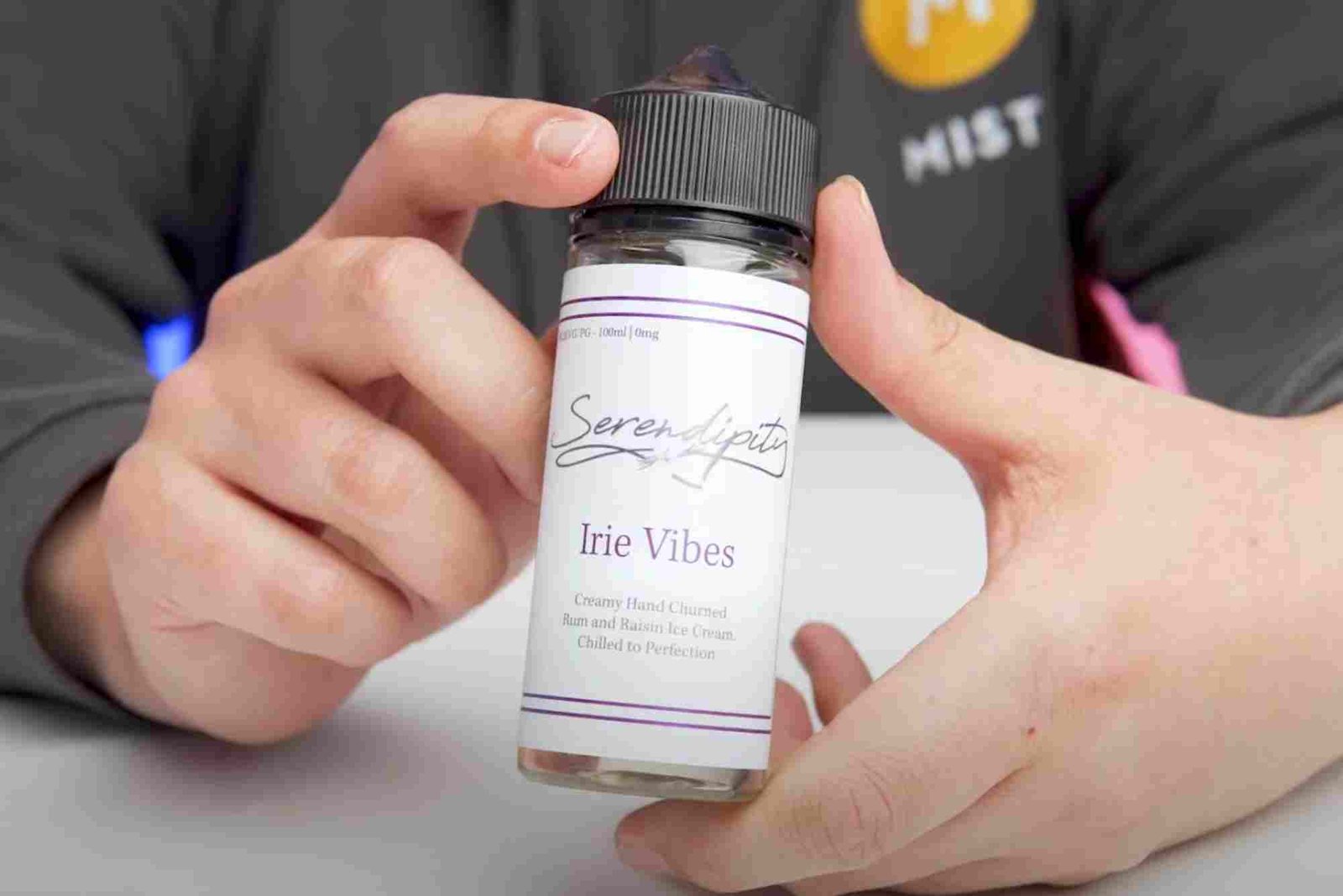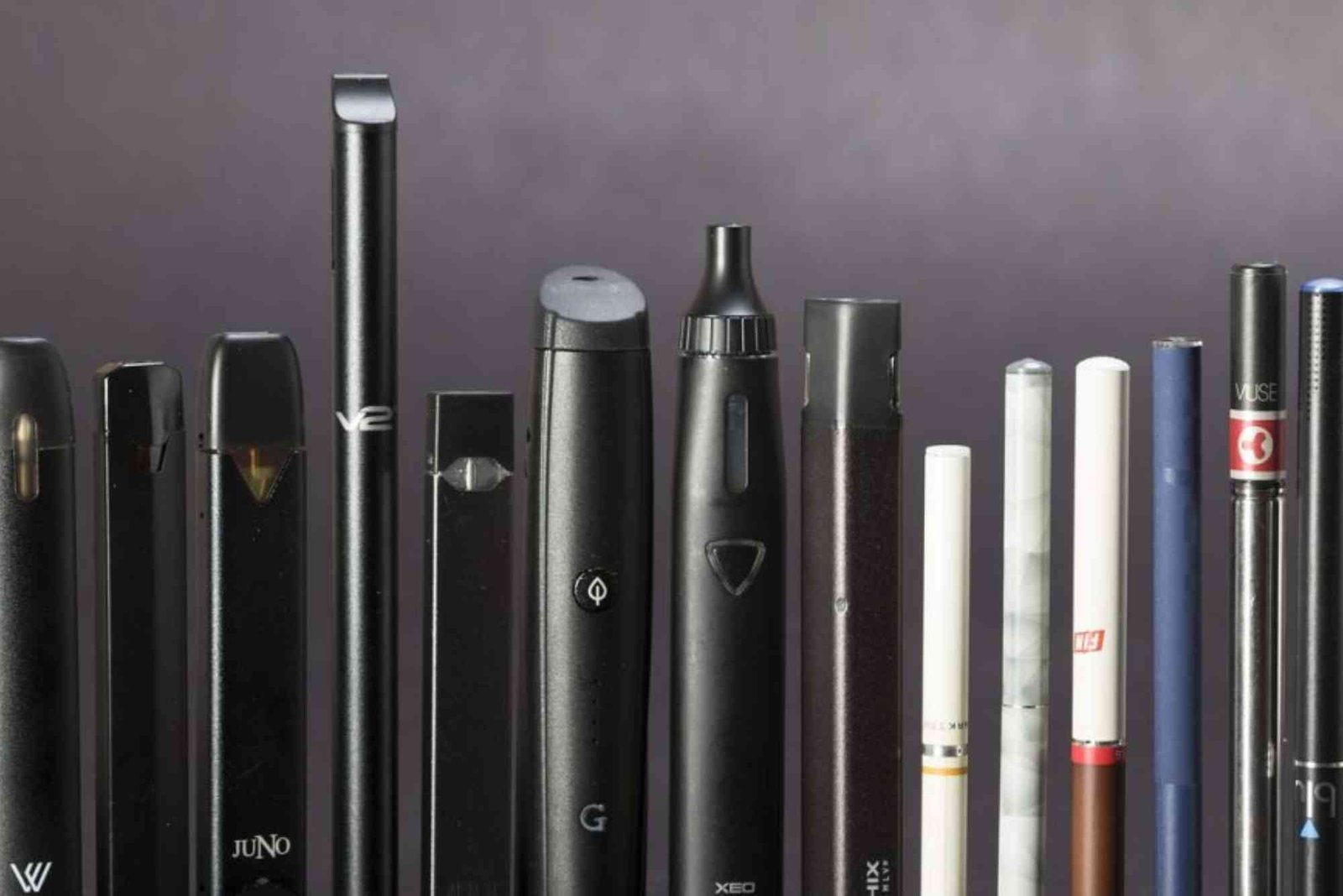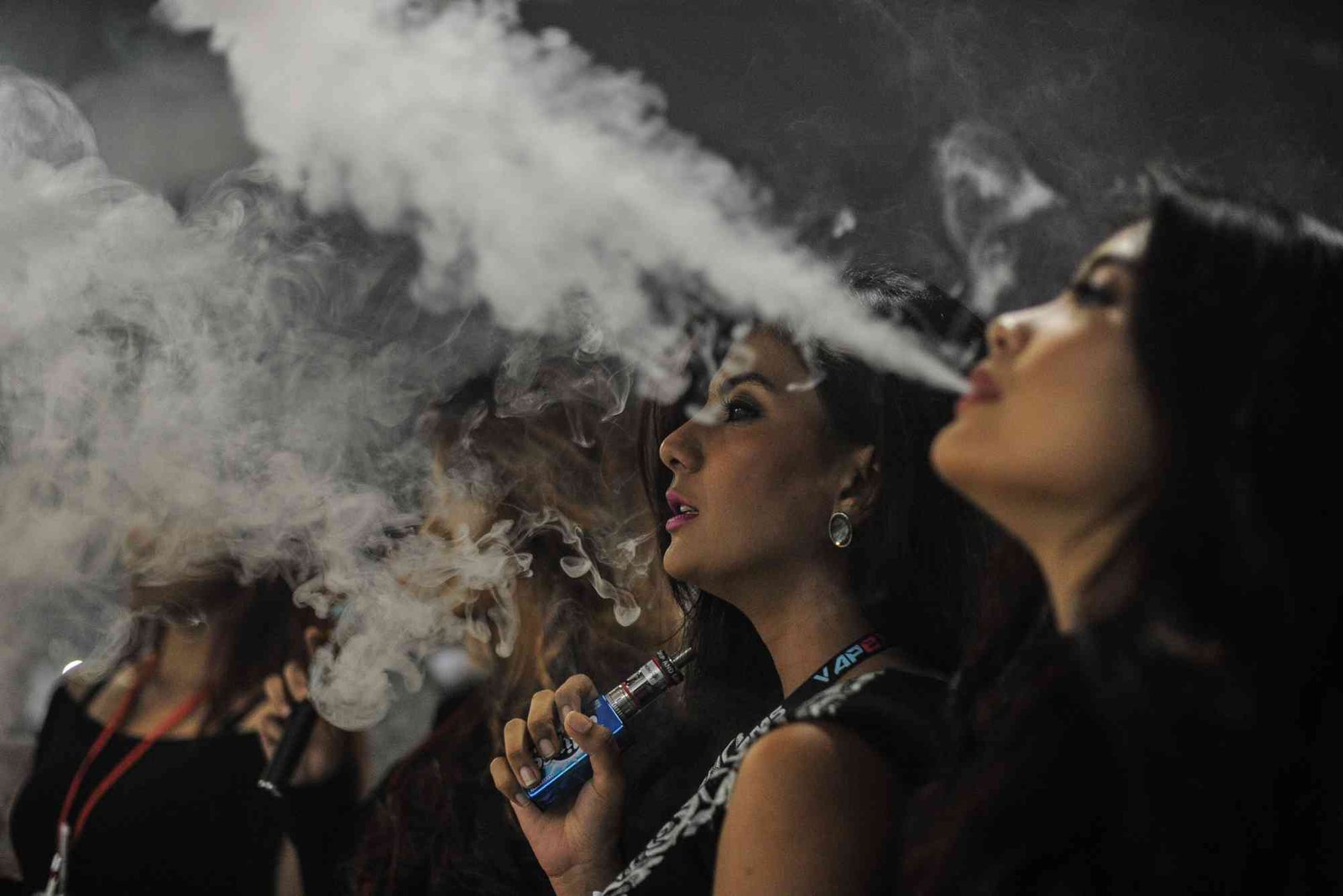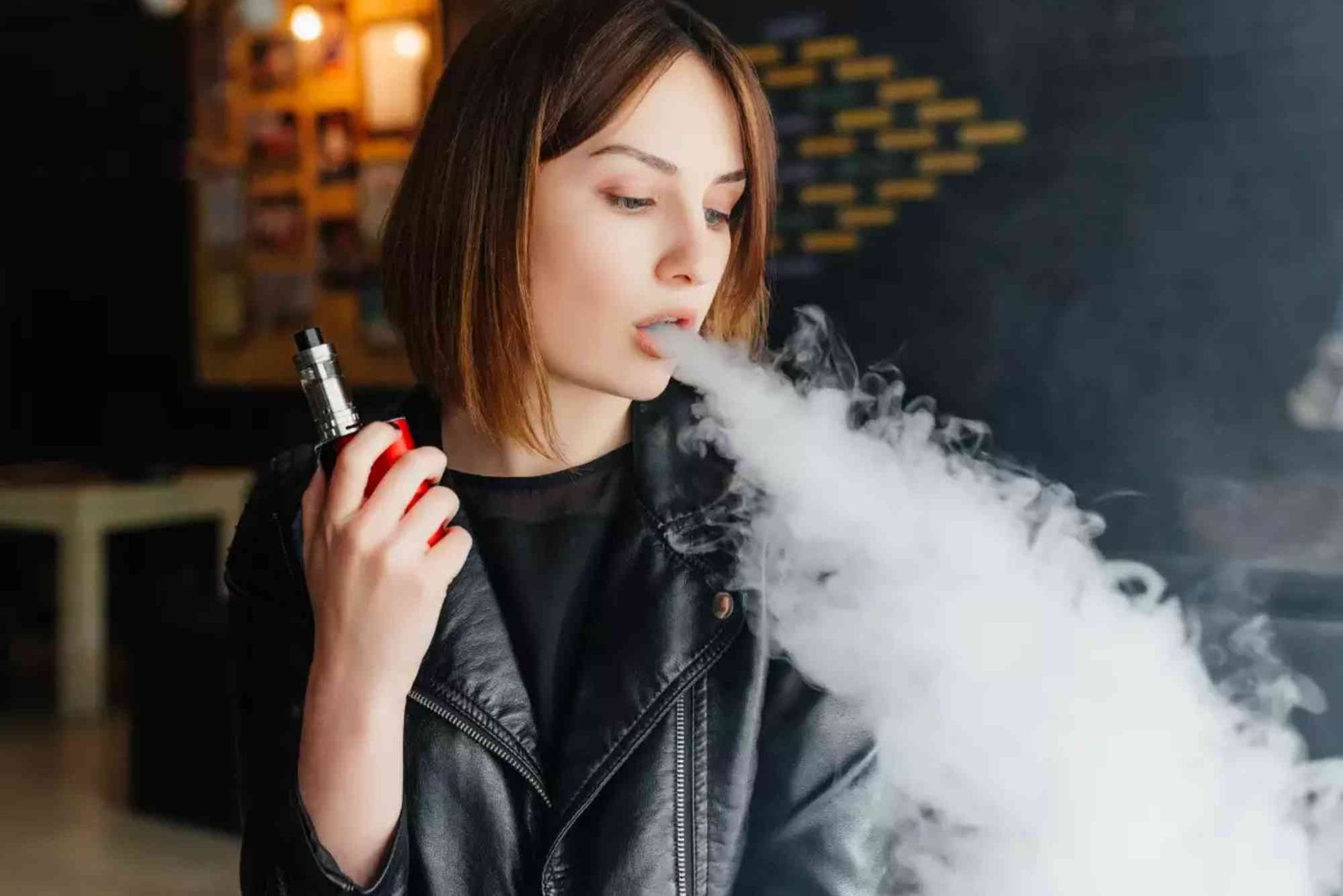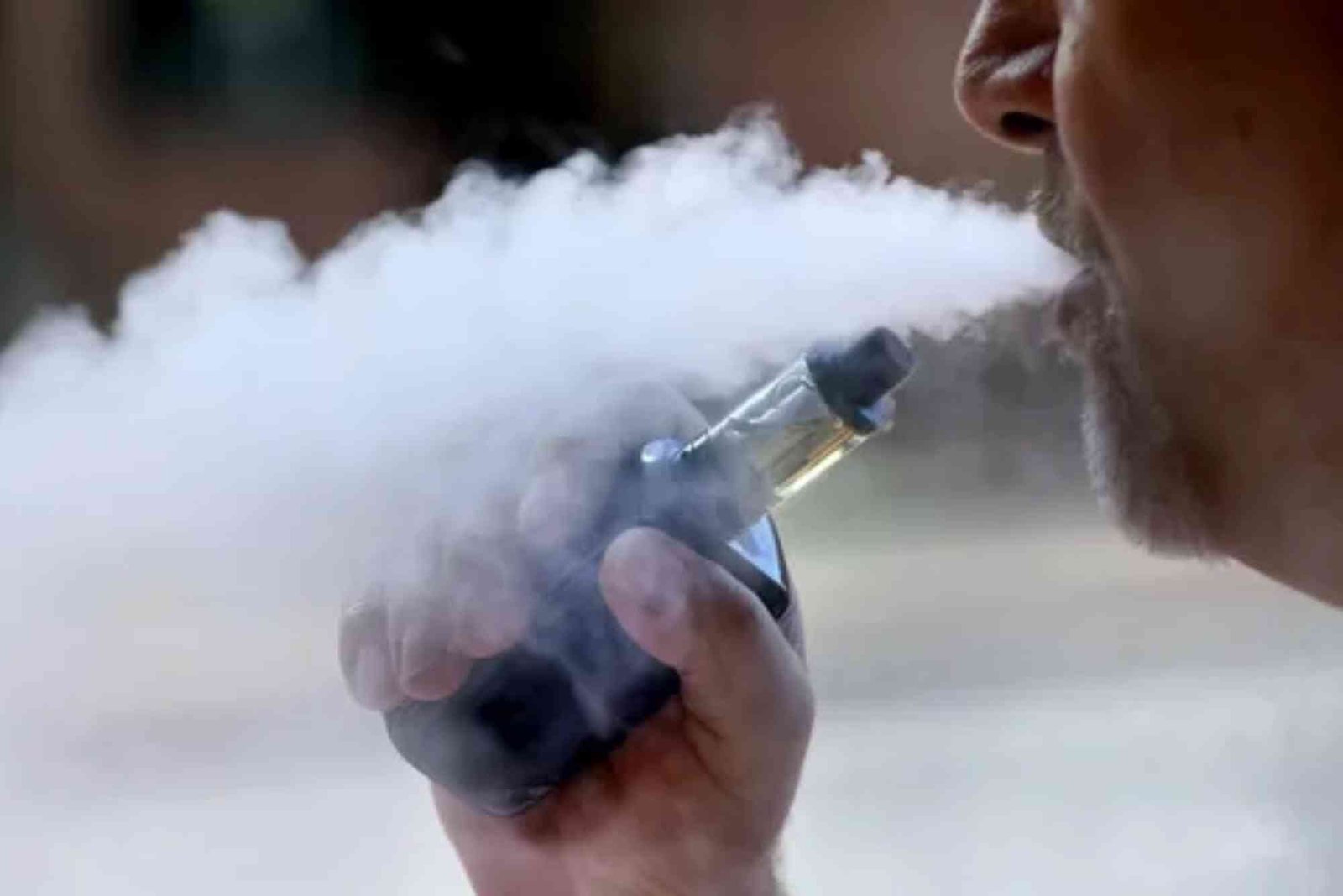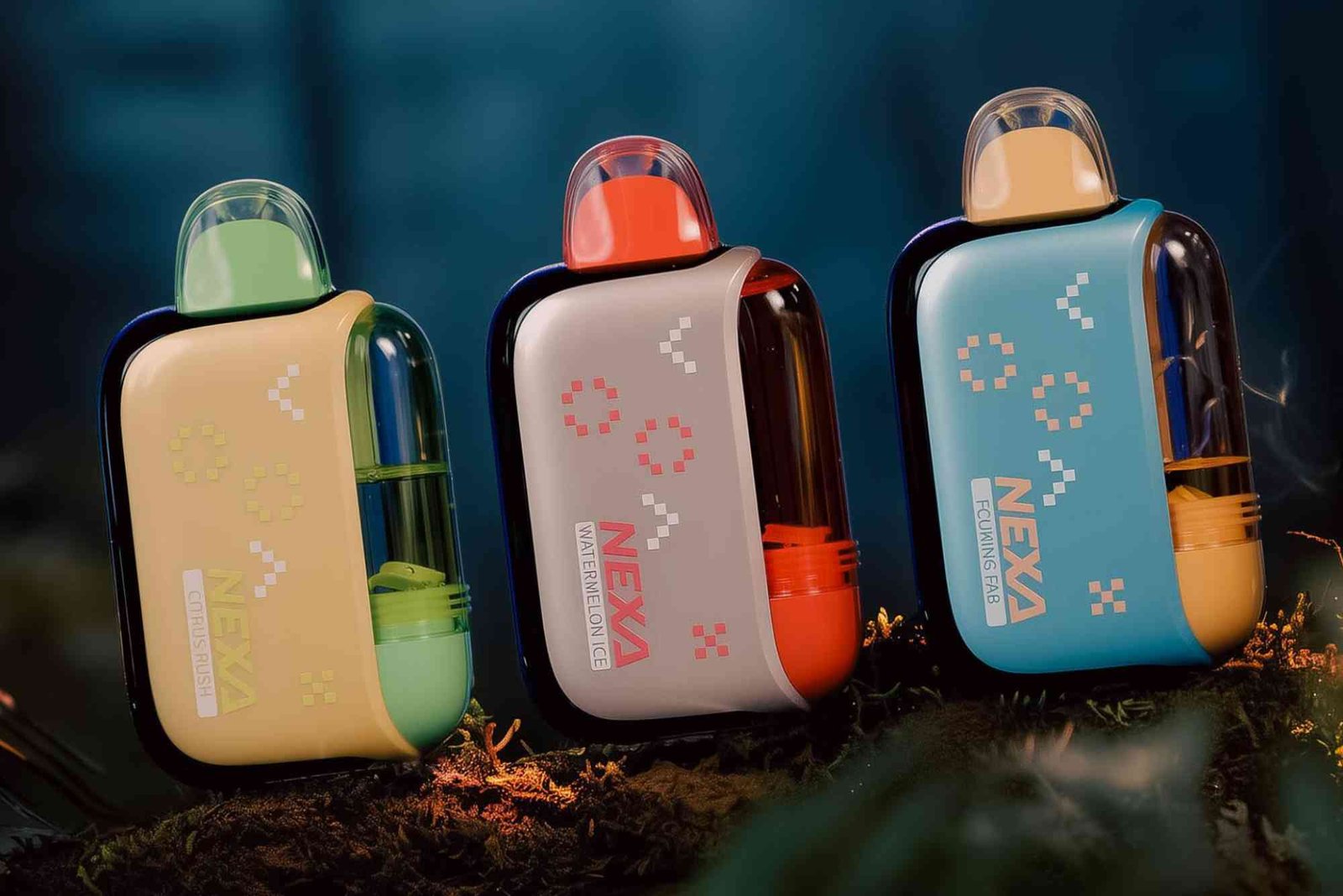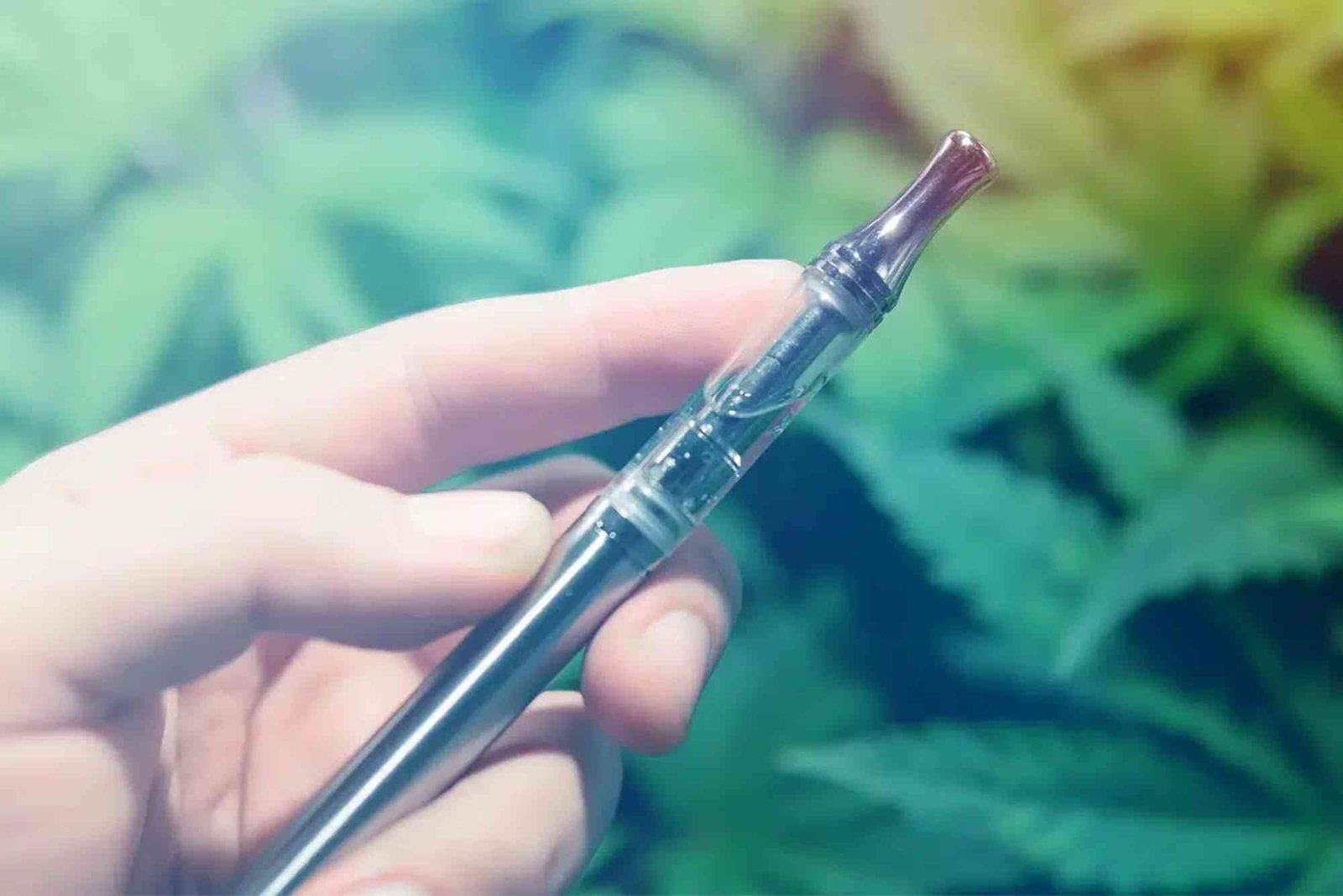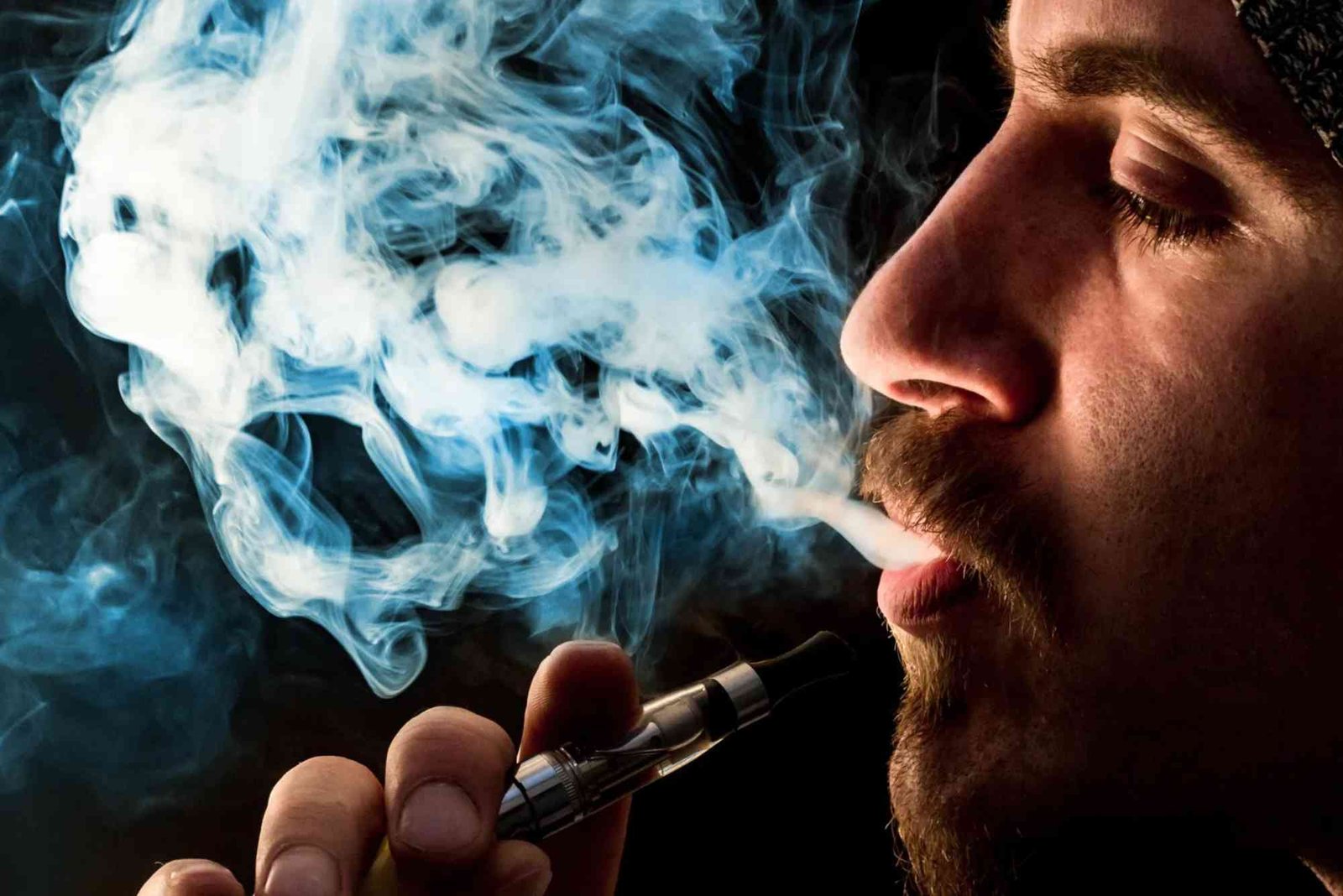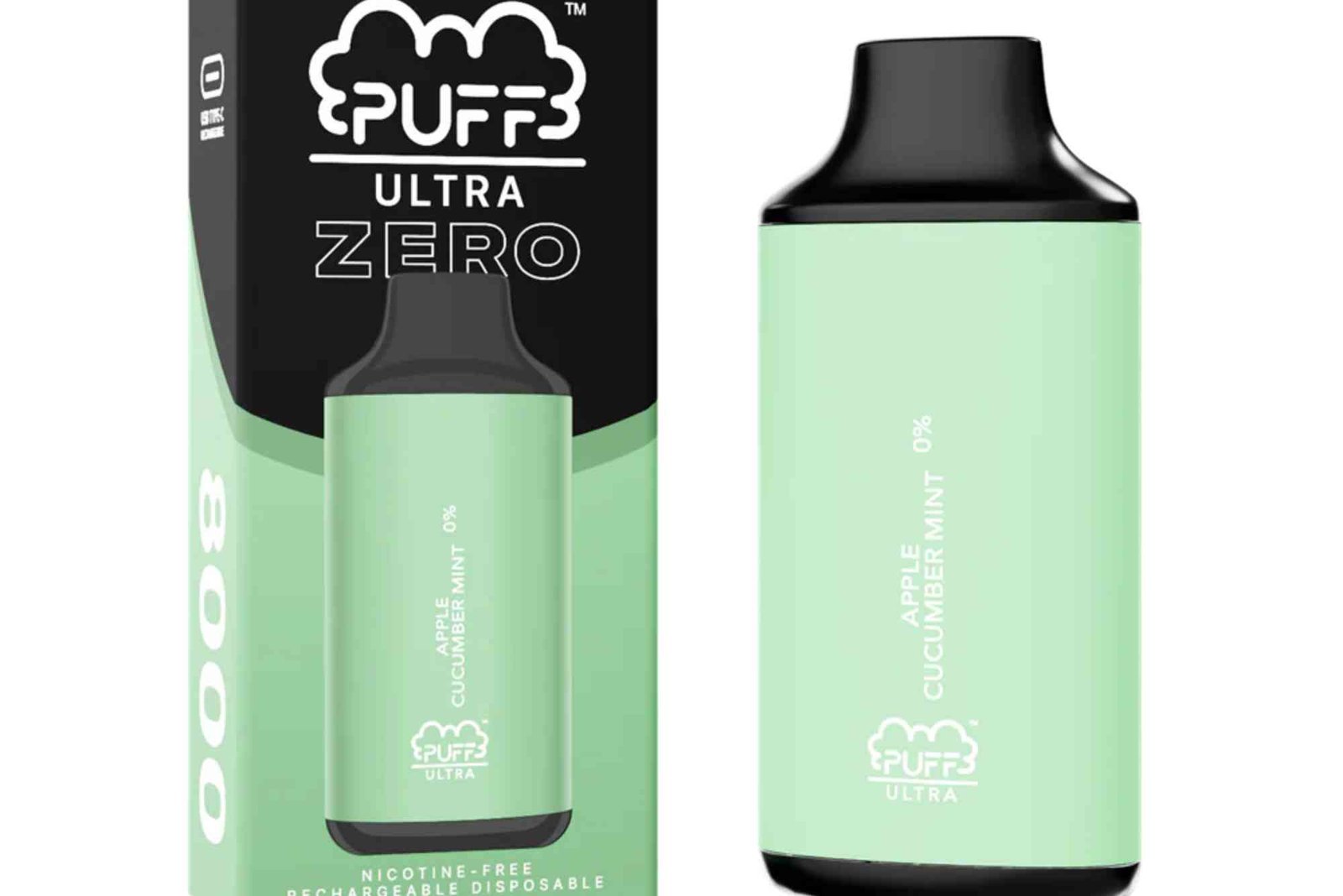The Science Behind Vape Clouds: How to Improve Yours
Vape cloud production is not magic; it is physics, chemistry, and a bit of technique working together. When you understand how droplets form, how airflow shapes them, and how your coil turns liquid into vapor, you can deliberately tune every variable to get thicker, denser plumes. In this guide, you will learn the science behind big clouds and the practical steps to improve your vape cloud production without sacrificing safety or flavor.
Vape Cloud Production and the Physics Behind It
At its core, vape cloud production is aerosol generation. Your device heats an e‑liquid until it becomes an aerosol filled with microscopic droplets. The size and number of those droplets decide how dense a cloud looks. Smaller droplets scatter light differently than larger ones, which is why the right balance of temperature, viscosity, and airflow produces those dense, milky clouds that linger.
Droplet size, heat and saturation
When the coil reaches an appropriate temperature, it atomizes a thin film of e‑liquid on the wick. If the wick is well saturated, the liquid vaporizes evenly and forms many droplets of similar size. Too hot and you scorch the liquid, creating harshness and fewer uniform droplets. Too cool and you get thin, wispy clouds. Managing coil temperature is therefore a cornerstone of controlled vape cloud production.
VG vs PG: why viscosity matters
Vegetable glycerin (VG) is thicker and generates more visible vapor because it forms larger, slower-settling droplets. Propylene glycol (PG) is thinner, carries flavor better, and hits the throat harder, but it yields lighter clouds. For serious vape cloud production, a higher VG ratio is almost always preferred, though the precise mix also depends on your coil, wicking speed, and airflow.
Airflow dynamics and Bernoulli in your atomizer
Airflow is not only about “more air equals bigger clouds.” As air moves faster through your atomizer, pressure drops around the coil, helping draw more vapor off the wick. However, excessive airflow can cool the coil too much, stalling vaporization. There is a sweet spot where airflow keeps the coil from overheating while sustaining efficient vaporization. Finding it is key to reliable vape cloud production.
Hardware Variables That Make or Break Vape Cloud Production
Your mod, atomizer, coil, and wick form a single system. Changing one part changes the whole system’s behavior. Understanding each component lets you optimize vape cloud production with fewer trial-and-error cycles.
Coil resistance, surface area, and ramp-up
Low-resistance (sub-ohm) coils allow higher wattage, which increases the energy available to vaporize liquid. But resistance is not the only lever. Surface area matters just as much. Large multi-strand coils or mesh coils expose more hot metal to more e‑liquid at once. That larger active surface area translates into thicker vapor, provided your wick keeps up. Ramp-up time also counts. A coil that reaches its target temperature quickly starts aerosolizing liquid faster, aiding dense vape cloud production with each puff.
Wattage, voltage, and Ohm’s law in practice
Power equals heat, and heat drives vaporization. If your wattage is too low, vapor is thin. Too high, and you scorch the liquid or outpace the wick’s ability to feed the coil. Using Ohm’s law to calculate safe, effective power levels is not optional; it is how you ensure consistent vape cloud production without damaging your device or battery.
Wicking efficiency and cotton density
Cloud chasers often forget that wicking speed limits everything. If your wick cannot keep the coil wet, no amount of wattage will help. Cotton packed too tightly chokes liquid flow and creates dry hits. Too loose, and capillary action weakens, leading to flooding. Aim for snug but not compressed so juice moves freely. Proper priming before the first fire prevents scorching and sets the stage for stable vape cloud production.
Atomizer design and chamber size
Larger build decks and wider chimneys can process more air and vapor, which helps. However, a massive chamber can also dilute vapor density if the coil and wick cannot produce enough aerosol to fill that volume. Matching coil performance to chamber size ensures that the vapor stays dense and saturated, which is exactly what you want for better vape cloud production.
E‑Liquid Science: Ratios, Nicotine, and Sweeteners
Your juice composition heavily influences cloud thickness. High VG blends usually dominate in cloud competitions for a reason.
VG/PG ratios and temperature windows
High VG liquids are thicker, so they need more heat to atomize efficiently. If you run a very high VG juice at low wattage, you risk muted vapor and spitback. Finding a wattage that reliably warms the viscous liquid without burning it keeps vape cloud production smooth and consistent.
Nicotine levels and sensation
High nicotine produces a stronger throat hit and can limit your ability to take deep, long inhalations. For many cloud-focused vapers, very low nicotine or even nicotine-free high VG blends work better because they allow bigger, smoother pulls, which directly boosts vape cloud production.
Sweeteners and coil gunk
Sweeteners caramelize on coils and wick, leading to gunk that insulates the coil and slows heat transfer. That means less efficient vaporization over time. Regular maintenance is therefore essential if you rely on sweetened juices but still want steady vape cloud production day after day.
Technique: How You Breathe, Hold, and Exhale Matters
Even with perfect hardware and juice, technique can limit your vape cloud production. Luckily, it is the easiest part to train.
Deep, steady inhalation
For dense clouds, you need the coil at a stable temperature and enough airflow to keep the vapor moving. A deep, steady pull gives your coil time to reach and maintain that sweet spot, saturating the chamber with dense aerosol. Short, sharp puffs cool the coil and reduce vapor density.
Controlled exhale
A slow, controlled exhale keeps the cloud cohesive. Blasting the vapor out too fast mixes it with ambient air and thins it. A gentle, laminar exhale lets the aerosol stay together longer, which visually amplifies vape cloud production.
Preheating and timing the fire button
If your mod supports preheat or you are using a mech with a coil that needs time to warm, pressing the button a fraction of a second before you start inhaling can help. This ensures the coil is already in the efficient vaporization zone the moment airflow begins, improving vape cloud production without overheating.
Environment: Humidity, Temperature, and Pressure
Your surroundings influence how thick your clouds look. Warm, humid air tends to let vapor hang a bit longer, while cold, dry air can make clouds appear thinner and disperse faster. High airflow in a room breaks up aerosol plumes. If you care about how your vape cloud production looks on camera or in competitions, consider room conditions and ventilation.
Safety, Batteries, and Responsible Cloud Chasing
Bigger clouds demand more power, but more power demands respect for battery safety. Always use authentic, high-drain cells, keep wraps intact, and understand Ohm’s law if you build your own coils. Never push batteries beyond their continuous discharge ratings. Safety-first vaping does not reduce vape cloud production; it protects you while you pursue it.
Troubleshooting Thin or Inconsistent Clouds
If your vape cloud production drops off suddenly, look for a few usual suspects. A flooded deck dilutes vapor. An underpowered wattage setting fails to boil enough liquid. A gunked coil insulates heat and slows aerosol formation. A dry wick chokes the process entirely. Re-wicking, cleaning or replacing coils, adjusting power, and checking airflow paths usually restores performance quickly.
How to Systematically Optimize Your Vape Cloud Production
Approach optimization like an experiment. Change one variable at a time, observe, and record. Start with your VG/PG ratio, then lock it in. Move to coil resistance and surface area. Dial wattage to the threshold of warmth without harshness. Tune airflow until the coil stays hot and saturated, not cool or turbulent. Finally, refine your inhale and exhale technique. By iterating this way, you achieve predictable, repeatable vape cloud production tailored to your style.
FAQs
How do I make my vape clouds thicker?
Use higher VG e‑liquid, ensure adequate wattage for your coil, optimize airflow to avoid overcooling, and inhale steadily so the coil maintains temperature. Proper wicking and clean coils also sustain thick vape cloud production.
Does higher wattage always mean bigger clouds?
Higher wattage increases heat, which can boost clouds, but only to a point. If you exceed your wick’s feed rate or your coil’s design, you will burn the liquid or get dry hits. Balance wattage, resistance, and airflow for optimal vape cloud production.
Which VG/PG ratio is best for cloud chasing?
Most cloud chasers prefer 70/30 VG/PG or higher VG. The exact ratio still depends on your coil and power. Very thick juices demand more heat and excellent wicking to maintain vape cloud production without dry hits.
Do mesh coils produce better clouds than round wire?
Mesh coils usually offer greater surface area and faster, more even heating. That often results in more consistent and dense vape cloud production, provided your wicking can keep up.
Why are my clouds getting smaller over time?
Coil gunk, clogged airflow, degraded wicking, or a dying battery can all reduce performance. Regular maintenance and fresh cotton restore efficient vape cloud production.
Is temperature control good for clouds?
Temperature control can prevent overheating and dry hits, making it easier to sit right in the ideal vaporization zone. While wattage mode can push bigger peaks, TC can stabilize vape cloud production across long pulls.

